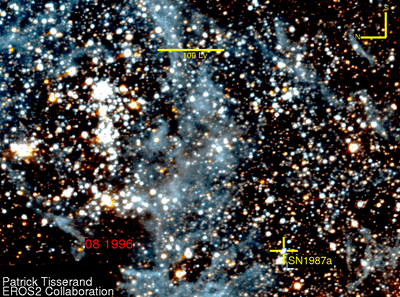
Figure 1 : Animated Color gif images of the light echoes.
- 'Raw Mpeg' (~7.1 Mo) and 'Mov' (~6.4 Mo) version (complete and high quality)
- Gif version (~24 Mo, complete and high quality)
- Gif version (~7.8 Mo, 1/3 images and high quality)
The echoes appear to expand outward from the center (SN1987a). About 1200 real EROS2 images from july 1996 to february 2002 (~6.7 yrs) have been used for this animation in the complete version. The sampling is lower during the first 3 years due to the observational strategy.
The movie has been compiled with real images (it is not a simulation) : we used our 2 bands (called Red (~I filters) and Blue (V and R filter)) and a third colour has been created (linear association of the 2 others) to make a "true" colour movie. Many details, other than the light echoes, can be seen : a variable star in the top left corner (a Mira), clouds in the LMC, a Bok globul that is visible during a short time (north of SN87a) due to a higher surface brightness. The red colour that appears in the bottom right corner is due to a CCD artefact in the Red band.

